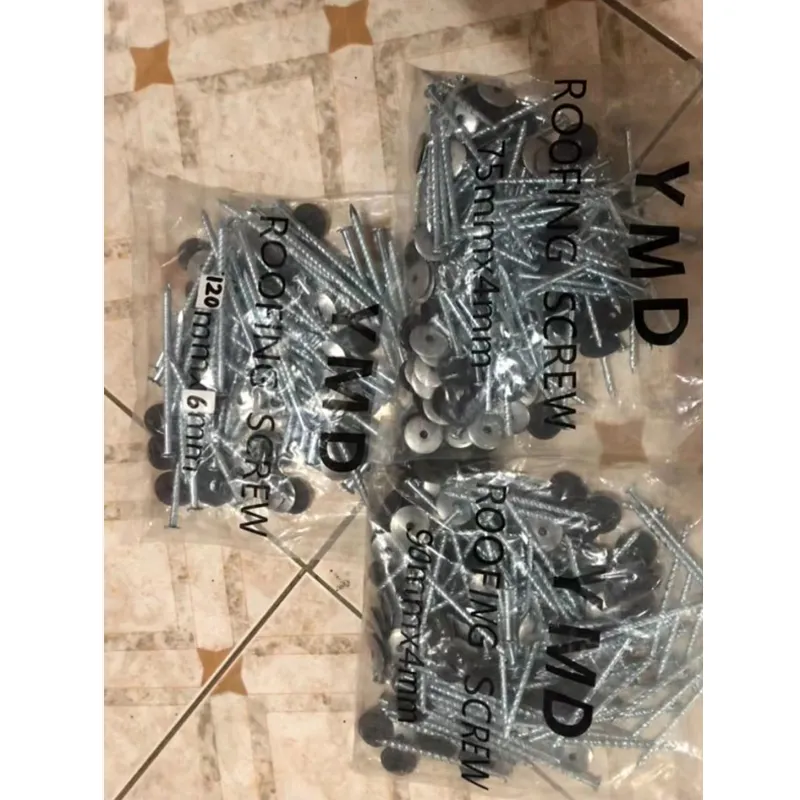9 月 . 13, 2024 22:29 Back to list
hydraulic hose ferrule
Understanding Hydraulic Hose Ferrules Their Importance and Function
Hydraulic systems are integral to a myriad of applications across various industries, providing the necessary power transmission to operate machinery efficiently. Central to these systems are hydraulic hoses, which enable the transfer of fluids under pressure. An often-overlooked component of these hoses is the hydraulic hose ferrule. Understanding the function and importance of ferrules can enhance the performance and reliability of hydraulic systems.
A hydraulic hose ferrule is a metal fitting that secures the end of a hydraulic hose to a connector, ensuring a secure and leak-proof connection. Typically made from materials like steel or brass, ferrules come in various sizes and designs to accommodate different hose diameters and applications. Their primary purpose is to hold the hose in place, preventing it from disconnecting under pressure or during vibration, which can lead to dangerous leaks and system failures.
The installation process of a ferrule is crucial. It involves crimping the ferrule onto the hose end using a specialized crimping tool. This crimping process deforms the ferrule, compressing it around the hose, which creates a firm grip that is resistant to high pressure and extreme temperatures. Proper installation is key, as incorrect crimping can lead to early failures due to slippage or hose separation.
hydraulic hose ferrule

The importance of using the right ferrule cannot be overstated, as each hydraulic application has its unique specifications. Choosing a ferrule that matches the hose type, size, and application is essential for ensuring optimal performance. For instance, a ferrule designed for high-pressure applications must be robust enough to withstand the specific conditions it will face, such as increased temperatures and fluid types. Inappropriate ferrule selection may result in hose failure, fluid leaks, and potentially catastrophic equipment damage.
Furthermore, maintaining hydraulic hoses and their ferrules is essential for enhancing the lifespan of the system. Regular inspections can help identify any signs of wear, tear, or corrosion in the ferrules. For example, if you notice any discoloration or deformation of the ferrule, it may indicate that it is no longer capable of maintaining the necessary pressure. In such cases, immediate replacement is advisable to avoid further complications.
Environmental factors also play a role in the longevity of hydraulic hose ferrules. In harsh environments where dust, moisture, or extreme temperatures exist, ferrules may require additional protective measures. This can include the use of protective sleeves or coatings that shield against external damages.
In summary, hydraulic hose ferrules are crucial components that ensure the safe and efficient operation of hydraulic systems. Their role in providing secure connections under pressure cannot be overlooked. Proper selection, installation, and maintenance of these ferrules are vital to preventing leaks and ensuring system integrity. By understanding the importance of hydraulic hose ferrules, operators and maintenance personnel can enhance the overall reliability and safety of their hydraulic systems.
-
Secure Your Roof with Quality Roofing Nails
NewsNov.04,2024
-
Secure Your Property with Quality Field Fencing
NewsNov.04,2024
-
Enhance Your Space with Quality Mesh Fencing
NewsNov.04,2024
-
Discover the Versatility of Iron Wire for Your Projects
NewsNov.04,2024
-
Discover the Versatility of Common Nails for Your Projects
NewsNov.04,2024
-
Discover Quality Hydraulic Fittings for Your Applications
NewsNov.04,2024









